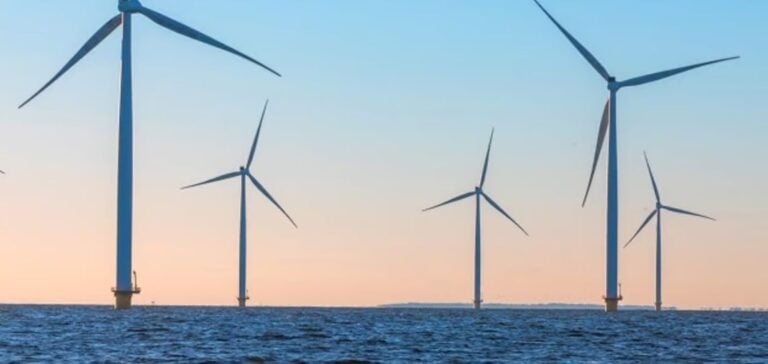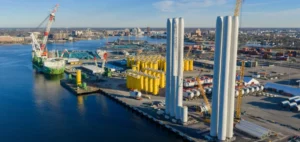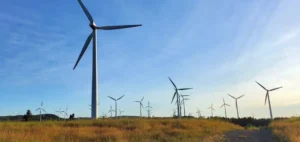JERA Nex BP, the joint venture equally owned by British company BP plc and Japanese producer JERA Co. Inc., has announced the termination of its investment in the Beacon Wind offshore wind project, located between Massachusetts and New York. This decision ends both companies’ direct involvement in the US offshore wind market, despite the sector initially being described as strategic.
An economic environment deemed unviable
In its statement, the joint venture declared that “there is no viable path” to advance Beacon Wind under the current US conditions. While acknowledging the “long-term potential” of the American offshore wind market, current economic and regulatory conditions are seen as incompatible with further investment. This announcement comes eight months after BP withdrew the project’s application for grid interconnection.
Lease retained but operational withdrawal
JERA Nex BP will retain the federal lease associated with Beacon Wind for now, keeping the door open for a potential revival of the project should market conditions improve. However, the entire local team of the joint venture in the United States is expected to be laid off in the coming months, indicating an immediate operational disengagement.
Structural tensions in the US offshore market
This withdrawal occurs against a backdrop of growing pressure on the US offshore wind sector. The costs associated with offshore construction, logistics, materials procurement, and grid connection have risen sharply. Furthermore, the regulatory framework and political uncertainty — notably linked to the previous administration — complicate investment prospects.
A signal to other industry players
The decision by BP and JERA aligns with a broader trend of strategic reassessment among major energy companies, regarding renewable assets seen as high-risk or offering uncertain returns. The retention of the Beacon Wind lease suggests the project is not permanently abandoned but is instead being paused while the joint venture awaits more favourable market developments.






















